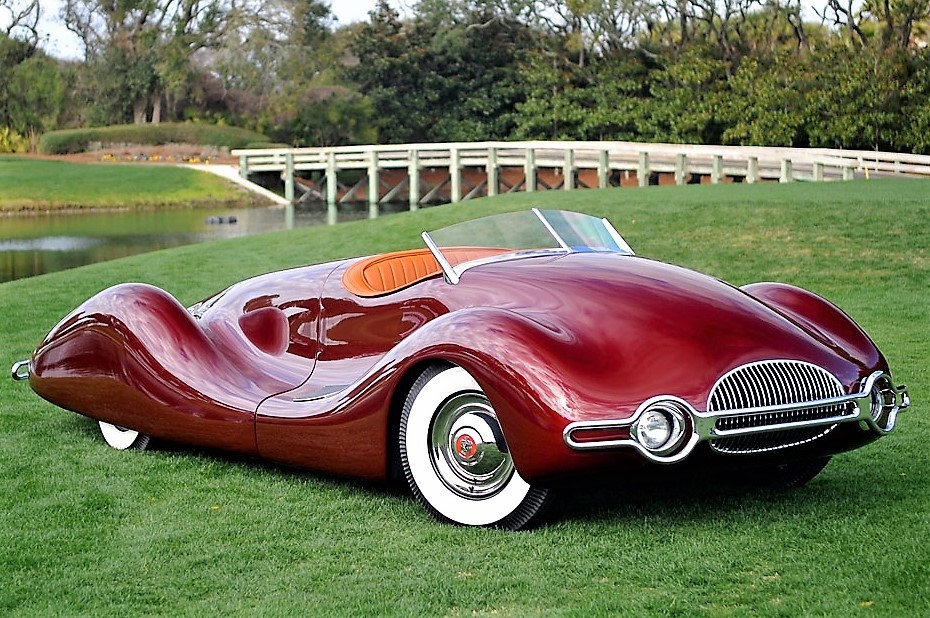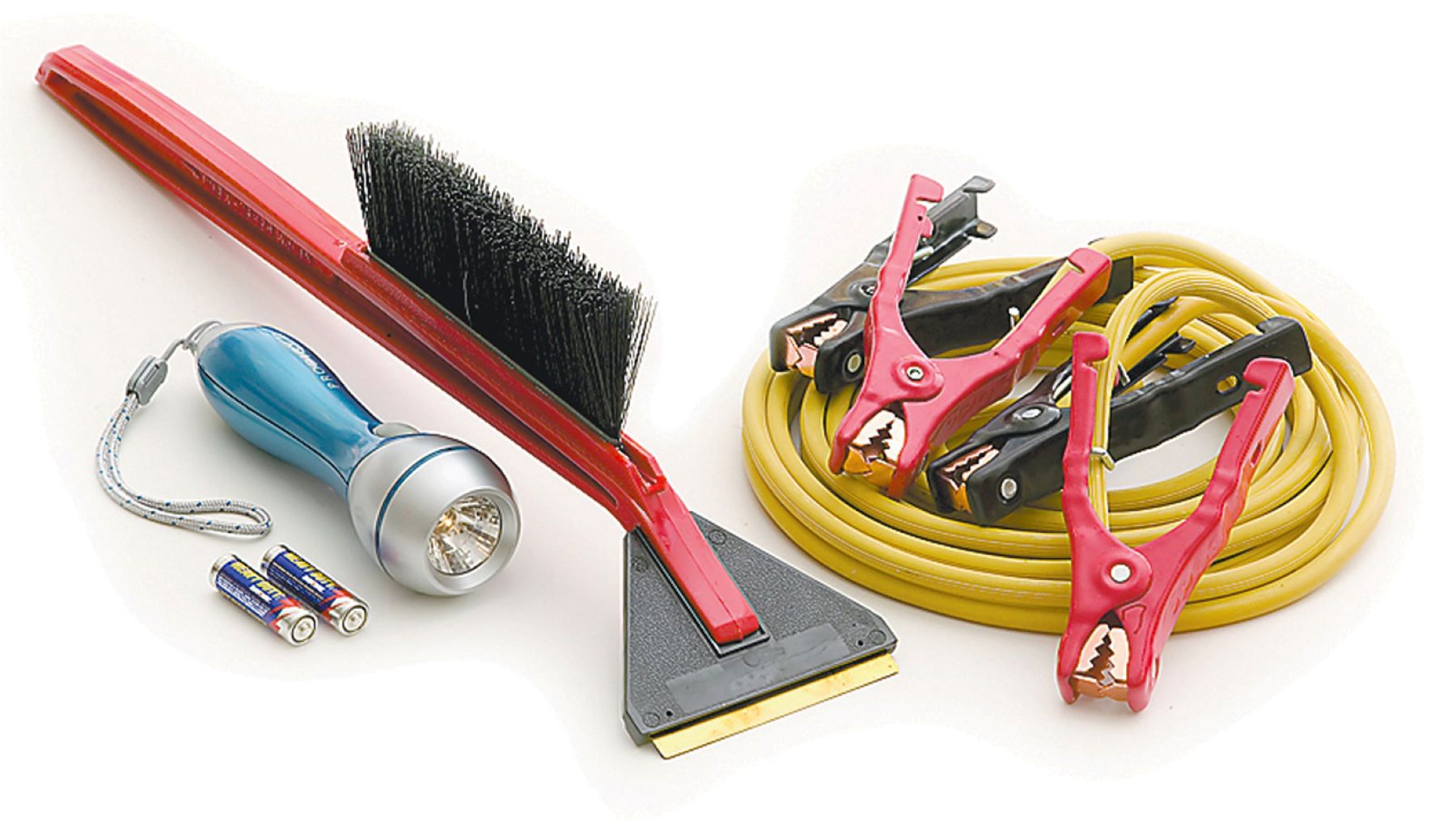
Intel bought Mobileye in 2017, and now they are advancing the development of autonomous driving technology and driver-assist systems. Their innovations include computer chips and software, as well as collision avoidance systems. MobilEye built Riad, a self-driving prototype. Intel plans on using the technology in its own vehicles. These technologies will revolutionize transportation. Read on to learn more.
Intel purchased Mobileye in 2017.
Intel recently bought Mobileye. Mobileye specializes digital vision technology which is crucial for self-driving cars. This acquisition will allow Intel to expand beyond chips and data centres to include services that support autonomous vehicles. Intel hopes to appeal to other automakers who do not have the expertise necessary to offer these services and are dependent on Google and other companies.
Mobileye acquired EyeQ to develop software for autonomous vehicles. The acquisition will also strengthen Mobileye's chip roadmap. EyeQ is a system-on-chip that processes vision without compromising on performance. The company has already secured contracts with 27 automakers. Mobileye will be able to offer more than just automobiles. It will also have the ability to serve a wider variety of industries through this acquisition. Mobileye's investment will enable Intel to expand its product range and place more emphasis on business-tobusiness applications.

MobilEye is a collision avoidance system
Mobileye is a leading manufacturer of collision avoidance systems that employs a sophisticated vision sensor to detect threats. This system constantly measures distances between objects and their relative speeds in order to calculate the collision risk. Many leading automotive manufacturers have chosen Mobileye as the world's leading collision avoidance technology. Here are some MobilEye-related benefits. Let's find out why it is so important.
This innovative technology blends artificial intelligence with Telematics to alert drivers of possible collisions. It constantly scans the road ahead and identifies potential hazards such as cyclists or pedestrians. It then warns drivers via audio and visual warnings before they cause an accident. It can work in any weather condition, including nighttime. This technology can detect obstacles in real-time, so drivers don't have to rely solely on their car's odometer for information about what to expect in future.
EyeQ is an accelerator processor chip that can be customized
Mobileye's EyeQ system-on chips provides processing power to support ADAS functions. The EyeQs can handle single- and dual-camera sensors, and they support fully- and semi-autonomous driving. They have the bandwidth to process Lidars, radars, and surround cameras. TSMC technology is used to manufacture EyeQ processors. These processors are compatible with all the latest operating systems including Windows 10.
Mobileye's EyeQ represents its technological leadership. EyeQ has a high-performance, scaleable hardware accelerator architecture that can achieve top-of-the line computer vision performance. EyeQ Ultra will be an automotive-grade product by 2025. It will include EyeQ6L as well as EyeQ6H. Its strong architecture will allow for a new age in mobility, with a higher level safety.

MobilEye has created Riad, an autonomous driving prototype.
MobilEye's prototype vehicle is far from the fully autonomous vehicles currently in use in many cities around world. This technology requires that the driver actively participates in many aspects. However, the company has created a prototype to navigate challenging environments with little or no human input. It can also negotiate with pedestrians and jaywalkers and makes 180-degree turns at multiple traffic signals.
The company intends to create an entire autonomy stack. Each component will be tested separately before they are combined. By the end of 2022, a commercial fleet will be available in three major cities. The self-driving prototype of the company can safely travel more than 4 million miles per day. It can detect pedestrians ahead of collisions and adjust its course accordingly.
FAQ
What are the requirements for an automotive technician?
You need to have high school diploma or GED and good grades in English as well as maths. Additionally, you will need to be proficient in reading and writing. The written test will be passed and you will then have to take several practical exams before you can begin work.
What qualifications do you need to be a truck-mechanic?
This job requires you to be a skilled mechanic, although you do not need any formal training. Your experience is invaluable as you know how to diagnose problems quickly and efficiently.
You also have an excellent knowledge of diesel technology which will help you to understand what parts are needed to repair our vehicles.
What is the difference between an automotive technician and a mechanic?
They are both similar, but not identical. Both a mechanic and an automotive technician can repair cars.
A mechanic should be able to do simple tasks quickly and have good manual dexterity. A mechanic should also be able accurately diagnose and repair problems.
An automotive technician requires more technical skills than a mechanic. They must be capable of reading blueprints and using tools such as drills, wrenches, etc.
They must be able and competent to safely perform complicated procedures. They must be familiar with all types of electrical and engine systems.
They should also be able understand how different parts interact.
The result is that a mechanic often earns less than an auto technician. Both jobs offer many possibilities.
What does it take for a mechanic to be a good one?
It takes years of practice and experience to become an expert mechanic. The best way to learn how to repair cars is by working under the supervision of a professional mechanic.
You will be required to spend time at a car garage learning as much as you can about cars. You will need to read books on mechanical engineering and car design.
Auto school is also required.
The most important thing is to start early. To learn about automotive technology, don't wait to be older. If you want to qualify as a mechanic, get started now!
Is it difficult to find a job as a mechanic in the automotive industry?
Yes, it can be very easy. Many garages list their vacancies online. Many people simply apply for the fun of it. If you want to get your foot in the door, you should try applying for a few places and see if they accept student applications. Another option is to ask family members and friends if anyone works in this industry. They might be willing to recommend someone.
What type of job is there for a car mechanic?
Three main areas of employment are available for car mechanics:
-
Automotive repair shops
-
Dealerships
-
Independent garages
Automotive repair shops
Most people think of this as the first step to becoming a mechanic. It's actually the easiest way to start. You have two options: work in an existing shop or open your own.
If you are interested in working at a shop you will need to apply for membership to a union. Once accepted into the union you will be trained by the union.
After completing the training, you'll be ready to start work.
If you plan to open your own garage you will need to register with government. After you have registered, you will need to meet certain standards.
After you have registered, you will be issued a license to operate your garage.
Your license will permit you to sell spares parts and perform minor repairs. You can't fix major engine problems with your license.
As well as selling spare parts you will need to offer advice and direction to customers.
Dealership jobs
Most dealerships employ mechanics who specialize in one area of the car. For example, they might only deal with brakes or only replace tires.
However, some dealerships also hire general mechanics who can handle all aspects of car repairs.
Many of these positions require that applicants undergo training before they are allowed to work. Employers can then choose the best candidates for their job.
Some dealerships even recruit graduates straight from university. These graduates have no difficulty learning about cars because they already know the basics and principles of mechanical engineering.
Independent garages
Independent garages aren't associated with any particular dealership. Instead, they focus on high-quality customer service.
Because independent garages aren't affiliated with any company, they can afford to pay higher wages. This means that these jobs are usually more lucrative than those at dealerships.
Independent garages can be just as good places to work, but this does not mean they are better. Many owners prefer to run their businesses themselves rather than delegate responsibility to employees.
So you may find yourself working long hours without having any say over what happens during the day.
Also, expect to make lower wages than if your job was at a dealership.
The good news? You can easily switch between different types of jobs. You can switch jobs easily if you are interested in working at a dealership. Simply ask your employer if they would be open to hiring you as a mechanic.
If you prefer to work in an independent garage, you might consider applying directly to its owner.
The bad news is that finding a new job isn't always easy. There are many other factors that can influence your earnings.
Consider, for example, what type of vehicle you are repairing and whether additional labor charges will apply.
Statistics
- Apprentice mechanics earn significantly less hourly than mechanics who have completed training, with a median wage of approximately $14.50 an hour, according to PayScale. (jobhero.com)
- According to the BLS, the median annual salary for automotive service technicians and mechanics in the United States was $44,050 in May 2020. (uti.edu)
- 52% of Mechanics in the United States think their salaries are enough for the cost of living in their area. (indeed.com)
External Links
How To
How to properly diagnose and repair your vehicle
Before you can determine if your car requires repairs, it's important to first analyze the symptoms. These steps will help you diagnose your car properly.
-
Check engine lights. Check the dashboard light indicators such as the engine light indicator, the oil pressure gauge, the battery light indicator, the coolant temperature gauge, and the RPM gauge. It could indicate that your vehicle is having problems.
-
Check the treads of your tires. Tires can become worn and cause problems in handling and braking. Also, inspect the treads of your wheels. They should be clean and smooth. The best way to do this is to remove the wheels and take them off. Check the tread condition with a flashlight.
-
Monitor the level and consistency of your brake fluid. Keep track of the brake fluid level in your vehicle. This will ensure your brakes function properly. If the brake fluid level is low, your brakes might fail when you apply pressure to them.
-
The suspension system should be tested. The suspension system in vehicles absorbs vibrations and shocks. It provides better control and allows smoother acceleration and deceleration. A suspension problem can cause your vehicle to feel wobbly and shake uncontrollably. You can test if your vehicle has a suspension problem by putting weight on either the front or back axle to see how it moves.
-
Examine the steering column. The steering column connects the steering wheel to all other components of the vehicle. The steering column can often be damaged by an accident. It is recommended to replace any steering column that feels loose, or shakey.
-
Observe the exhaust pipe. Exhaust pipes move gases from combustion chamber to atmosphere. You can let harmful fumes into your home if your exhaust pipes crack or leak. Additionally, your tailpipe should be fixed immediately if it is bent.
-
Check under the hood. If you see anything unusual, take a look under the hood. There could be fluid leaking from your engine. Also, professional technicians should be called if you detect an unusual smell coming out of your engine compartment.
-
You should inspect your air filter. Your vehicle's air filter collects dust and debris from the outside environment. Dirty air filters can cause your vehicle to run poorly. Replace your air filter regularly.
-
Make sure you check the fan belt. Your vehicle's fanbel connects the engine and transmission. If the fan belt fails, the engine won't start. It is very easy to replace your belt. You will need a screwdriver, pliers and a pair of pliers.
-
You should inspect the radiator and hoses. The radiatorhose carries water from your radiator to the engine. It can crack or become damaged and leak hot liquid onto an engine. You only need a pair of needle-nose pliers and a small wire brush to repair the hose.
-
Make sure you have the windshield wipers checked. Windshield wipers use electricity to remove snow and rain. They can leave streaks on your windows glass if they stop working. Simply change the washer oil to fix the problem.
-
Make sure you check the cables. The batteries provide power to the electrical systems within your car. If you are replacing batteries, disconnect the negative cord first. Failure to do so can damage your alternator.
-
Check the headlights. The headlights will illuminate the road ahead. Bad visibility can be caused by headlights that don't work correctly. Inspect the bulbs for signs of burnt out.
-
Make sure you have your lights on. The lights are there to warn other drivers if they approach you at night. It could cause distraction and even lead to an accident if it doesn't work.
-
Check the brakes. Before you get in a car accident, your brakes will be slowing down your vehicle. If your brakes aren't working properly, you may lose control and crash into other cars.
-
Change your oil. Oil keeps your engine lubricated. It prevents metal parts from rusting too quickly. Changing the oil every month is recommended.